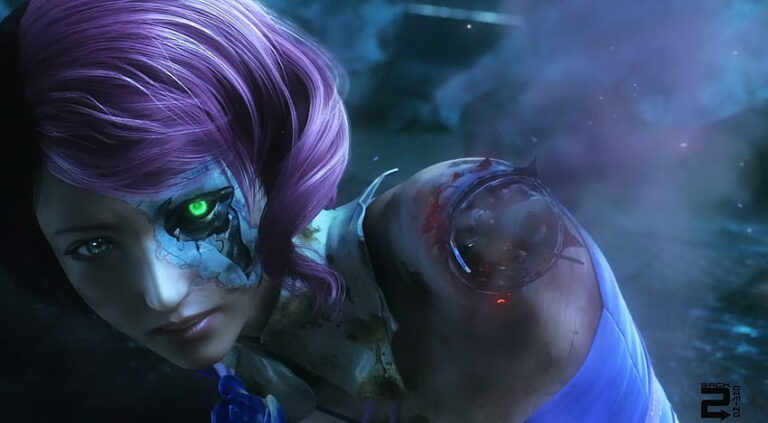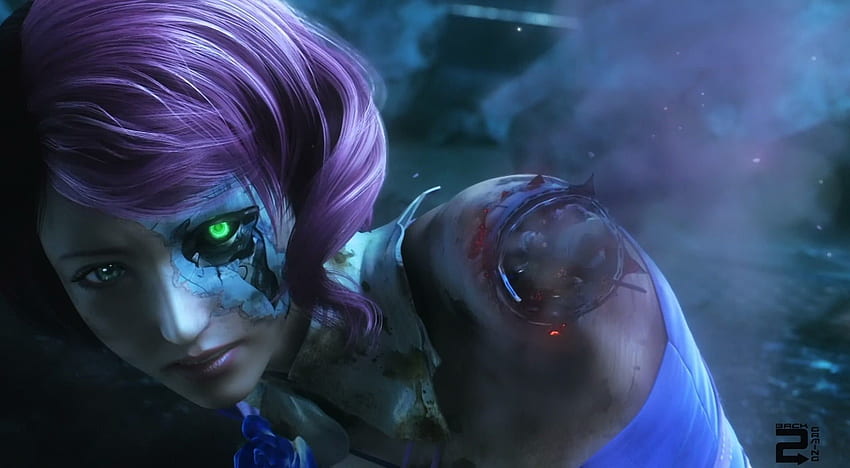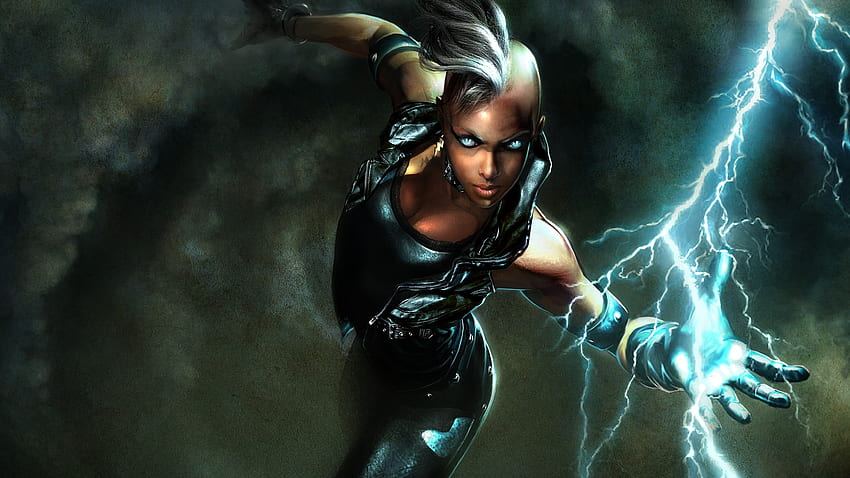
The Algorithm of Character Development:
Forging Unforgettable Characters
Greetings to all SFF cosmic dreamers. Welcome to this informative character development PLOTTR blog, a safe haven for time travelers and dragon tamers alike. The upcoming cosmic concoction of writing otherworldly characters is based on using templates to build flawed fairies, prickly Paladins, quirky queens, or any such character you want that will become a favorite to the reader.
We will quickly review the foundation of your character role, and development types, and give multiple examples for clarity of the 12 well-known Archetypes as often listed by other writer-craft authors. Then we get ye old word-weaving sorcerer navigating the variety of available character templates provided inside the PLOTTR software, the why and how to use them.
Let’s cover the foundation of a character.
My very short list of roles can be much longer if you decide to really break down into sub-roles but I’ll keep it simple with my top seven.
- Protagonist: The central character around whom the story revolves.
- Antagonist/Villian: The character or force that opposes the protagonist, creating conflict and obstacles.
- Love Interest: Someone with whom the protagonist develops a romantic connection.
- Mentor/Guide: A wise and experienced character who provides guidance, knowledge, and teachings to the protagonist (think Yoda).
- B-Plot/Ancillary Characters: Minor characters or besties or sidekicks who populate the world, adding depth and realism to the story’s setting.
- Foil: A character who contrasts with the protagonist, highlighting their qualities by comparison (think Luke Skywalker/Han Solo).
And then there is the delicious taste of character development where Dynamic vs. Static, or round vs. flat are the spices we use to sprinkle into our characters. I found the five below my top examples, but again other writers may expand on this list to break it out even more.
- Dynamic – Usually the main protagonist changes the most over the course of the story. My example is from The Help by Kathryn Stockett the character Aibileen is one of the three main protagonists that changes the most.
- Static – the character does not change hardly at all. My example is Sherlock Holmes or Alice in Wonderland, both move about but the world changes around them.
- Flat – the character is more 2 dimensional.
- Round – this is a major character with a capacity to change. For example, Scout Finch from To Kill A Mockingbird by Harper Lee, Celie from The Color Purple by Alice Walker, Severus Snape or Albus Dumbledore from the Harry Potter series by J K Rowling, Princes Belle from the movie Frozen.
- Flat/Stock – a 2-dimensional character that is more stereotypical such as a dumb blond, bratty sibling, mean stepmother, the CEO, and the loyal servant.
- Symbolic – (one of my favorite types of spice in my writing cabinet) This character represents an abstract idea beyond their literal role. For example, Boo Radley in To Kill A Mockingbird represents the destruction of innocence for the children. Or you can think of the shark in Jaws as the representation of man vs. nature.
Here is a very unique take on the many examples of the 12 archetypes:
Lover – The Lover is swooning and sending heart-shaped emojis to everyone. Examples are Princess Ana, Romeo and Juliet, Allie and Noah from The Notebook, and Jack and Rose from the movie Titanic
Hero – The Hero is suited up in its shiny armor and shouts, “Adventure time, baby!” Examples are Luke Skywalker, Katniss Everdeen, and Harry Potter.
Magician – The Magician pulled rabbits out of hats and whispered, “Behold, the power of transformation!” Examples are Hermione, Loki, Jaffar, and Gandolf.
Outlaw – The Outlaw, with a wink and a smirk, declared, “Rules are meant to be… well, let’s say, explored.” Examples are Robin Hood, Han Solo, and Captain Jack Sparrow.
Explorer – The Explorer packed its bags and hollered, “Adventure is out there, and I’m off to find it!” Examples are Indiana Jones, Percy Jackson, Tintin, Robinson Crusoe, Allan Quartermain, and Lara Croft.
Sage – The Sage, with a beard as long as a library, chimed in, “I’ve got wisdom nuggets, and I’m not afraid to share!” Examples are Dumbledore, Yoda, and Obi-Wan Kenobi.
Innocent – The Innocent flutters around, believing in happy endings and fluffy unicorns. Examples are Dorothy in the Wizard of Oz, Samwise Gamgee, and Bambi.
Creator – the Creator archetype emerged, splashing colors onto the canvas of existence and declaring, “Let there be art!” Examples are more likely to be found in real life like Steve Jobs, Einstein, and Galileo, but novels hold the best of these as Victor Frankenstein, Jo March from the novel Little Women by Louisa May Alcott, Henry Roth from “Love in the Time of Cholera” by Gabriel García Márquez, and Howard Roark from “The Fountainhead” by Ayn Rand.
Ruler – The Ruler, with a regal wave, proclaimed, “Order and structure, darlings because someone has to steer this spaceship!” Examples are Darth Vader, Peter Pan, and President Snow.
Caregiver – The Caregiver gave everyone a warm hug and promised homemade cookies. Examples are Mrs. Potts from Beauty and the Beast, Hans Hubermann from “The Book Thief” by Markus Zusak, Atticus Finch from “To Kill a Mockingbird” by Harper Lee, and Hagrid.
Everyman – The Everyman archetype raised its hand and said, “Hey, I’m just like you guys!” Examples are Dr. Watson, Bilbo Baggins, and Chuck Noland from the movie Cast Away.
Jester – The Jester cartwheeled onto the scene, yelling, “Why so serious? Let’s add a splash of humor!” Examples are Timone and Pumba, Barney Fife, the Weasley Twins, and the Carpet from Disney’s Alladin.

Explorer
On to the lovely, sliced meat of my Dagwood sandwich of writing tools. When you use PLOTTR there is a tremendous amount of opportunity to develop your characters. A multitude of templates are provided endless user-created templates to explore that enable you as the writer to encapsulate your character’s development. A couple of well-known templates I’ve explored in my short YouTube training tutorials are:
When used alone these Templates provide a lot of insight into the character but may limit the exact characteristics you are trying to discover with your MC. PLOTTR allows you to use one or all of the templates beneath the character-revealing additional traits or flaws or chinks in the armor that make your character as real in the novel as he/she/it might be in life.
3 example templates you can google are:
Template: The Chosen One
Example: Harry Potter from the “Harry Potter” series by J.K. Rowling.
Development: Harry Potter starts as an ordinary boy, but he discovers he’s the “Chosen One” destined to defeat the dark wizard Voldemort. Throughout the series, he undergoes significant growth, facing challenges, forming friendships, and (Spoiler😊) ultimately fulfilling his destiny.
Template: The Reluctant Hero
Example: Katniss Everdeen from “The Hunger Games” series by Suzanne Collins.
Development: Katniss is thrust into the role of a hero when she volunteers to take her sister’s place in the brutal Hunger Games. As the series progresses, she evolves from a survivor to a symbol of rebellion against the oppressive Capitol and the evil President Snow (muahahaha)
Template: Clifton Strength Profile
Example: Elizabeth Bennet from “Pride and Prejudice” by Jane Austen.
Development: Identify how Elizabeth expresses four personality domains to accomplish her goals Elizabeth is a spirited and independent-minded young woman. She possesses a strong sense of personal beliefs and principles. She holds onto her values of fairness, honesty, and personal integrity throughout the story, even in the face of societal expectations and pressures. Through her interactions with Mr. Darcy and her experiences with social expectations, she grows from initial biases and prejudices to a deeper understanding of human nature and love.
Behold the cosmic dance of storytelling! These instances illuminate how templates become the launching pads for character evolution, granting wordsmiths the power to mold vibrant heroes, complete with their own warp-speed growth trajectories.
I recommend you find your copy of PLOTTR and watch a few of my YouTube videos to stare into the maw of creativity and dangle over the edge. You might just want to fall in.
About JLNichAuthor: A Misfit Scribe of SFF Wonders
I’m here to blog a self-portrait of the mundane and magic realms of using writing software, a small variety of writing tools, and offer the occasional writer spells and enchantments to enhance your writing quests. Follow me on social media, or my new and growing YouTube channel, and buy the subscription to use PLOTTR through my affiliate link below. I’ve done my homework and it’s a solid application. I highly recommend it and may get a small commission if you use my link to buy it. Consider it your epic writing quest for the next 30 days of the trial. Epic quests are 60% courage, 30% luck, 8% having a handy talk with a talking animal companion, and 2% passing the secret formula for the win: win. “Get PLOTTR” <she whispered>.
Please read and review my serial publishing novel Sparrow’s Legacy on Kindle Vella. You can read the first three chapters free on Amazon by searching for “Sparrows Legacy Kindle Vella” or clicking here. I hope you enjoyed this blog. Please subscribe to my website if you want to be notified when I’ll be publishing or to get free samples of my work.
JLNich, Science Fiction Fantasy Author


